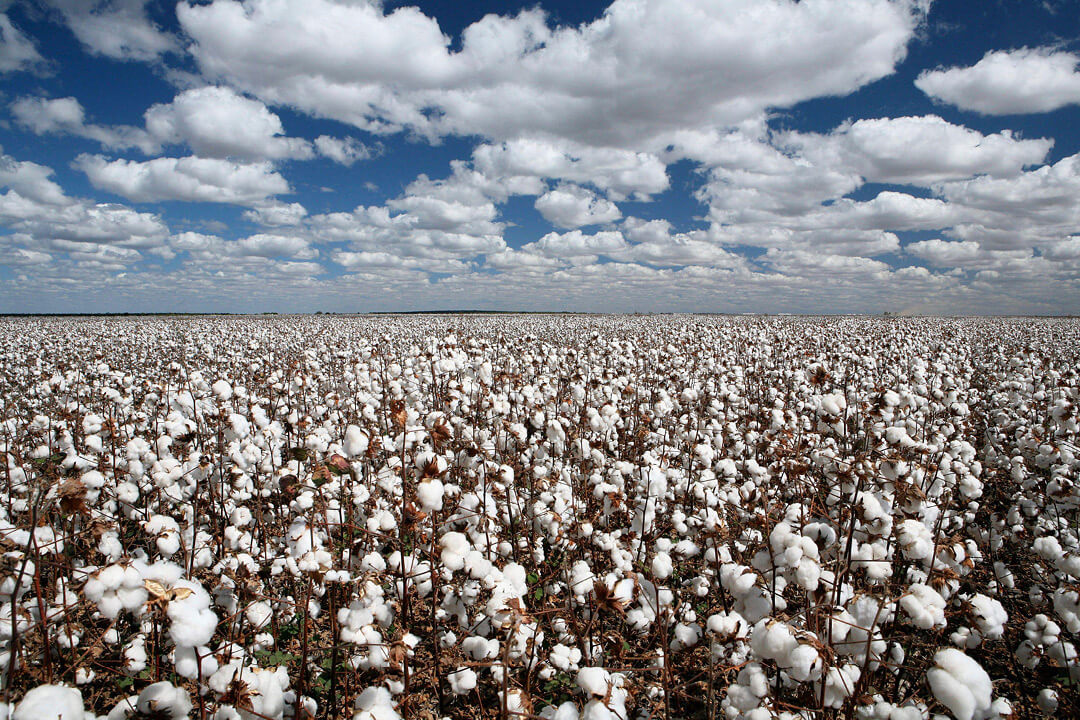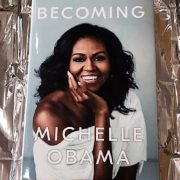Cools in summer, but is often too hot politically to wear with a clear conscience
Cotton has a major economic importance economic and is still grown and processed using forced labor today.
Critical questions about the IPO in the USA
SHEIN, founded in China in 2008, is one of the world’s most successful fast fashion providers. For example, you can buy a sweater for EUR 6, a dress for EUR 17 or a T-shirt for EUR 3.95.
The advertising and communication runs almost exclusively via social media, works with a variety of discount codes, also offers discount points for comments, for example, and successfully uses many other social media tactics as well as music festivals and other events to generate new buyers and turn them into regular customers.
Up to 500 new items are uploaded every day – many of which, according to Fashion Insider, are copies of other fashion brands’ designs.
SHEIN is now headquartered in Singapore and initially planned to list the company on the New York Stock Exchange before deciding on the London Stock Exchange at short notice.
The Financial Times reported on June 22, 2024 that SHEIN had hired a large number of lobbyists in the USA to assure American politicians and regulators that no cotton from the Chinese province of Xinjiang is used in SHEIN products. There is suspicion that Uyghurs are being exploited with forced labor in cotton production.
They did not want to publicly refute the allegations in order to avoid upsetting the party headquarters in Beijing.
Not an isolated case
The organization BCI(Better Cotton Initiative), which campaigns for fair working conditions and the extensive reduction of pesticides in the cultivation of cotton, has already declared in 2020 that it will stop working with the cotton industry in Xinjiang.
BCI counts many well-known fashion manufacturers among its 300 or so members, such as Puma, Ikea and Abercrombie & Fitch. But even large fashion companies are unable to avoid cotton from Xinjiang, because as soon as cotton from this region enters the various distribution and trade channels, its origin can be disguised.
There are cotton DNA tests that can prove the origin of cotton, but these tests are complex and expensive.
 Cotton Farming © Alamy Stock Photo
Cotton Farming © Alamy Stock Photo
Fashion brands with high ethical standards try to avoid cotton from Xinjiang province, but openly admit that despite their best efforts, they themselves cannot be sure that the cotton does not come from a region of the world where the terms ethics, fair wages and low environmental impact are foreign words.
 Cotton Farming © Alamy Stock Photo
Cotton Farming © Alamy Stock Photo
Made in Italy
The labeling of origin is not only complex when it comes to cotton. The same applies, for example, to the Made in Italy designation of origin for fashion or accessories.
Made in Italy does not necessarily mean that the majority of materials and production processes are produced in Italy in compliance with local labor regulations and wages.
The New York Times, The New Yorker and many other media outlets have reported on the shadow industry that can be found in some traditional regions of Italy. Fashion and accessories labeled Made in Italy are produced under the most adverse working conditions and for the lowest wages, using materials that are largely imported from China.
You can read an excellent summary of this topic here.
It therefore does not necessarily help to avoid the label “Made in China”.
The power lies only with the informed consumer. If you want, you can do some research and find more detailed information from some manufacturers about what Made in Italy means in a specific case.
In most cases, fast fashion does not.
Just two examples of how things can be done differently: the Swiss bag manufacturer Amelie, for example, develops the design in Switzerland and has been producing its handbags and laptop bags in Italy for years, at an Italian family business with leather that is tanned and processed in Italy.
Maxwell Scott Bags Limited develops the design in England and has the leather articles produced in Italy by a family-run company and attaches great importance to the fact that the leather is not treated with toxic but with environmentally friendly substances.
A good quality leather bag will last a lifetime with the right care and can even be inherited. It’s worth investing a little time and researching who is serious about Made in Italy and who is just using the label’s cache for inferior fast fashion items.
e
Cover photo Cotton Farming © Alamy Stock Photo




